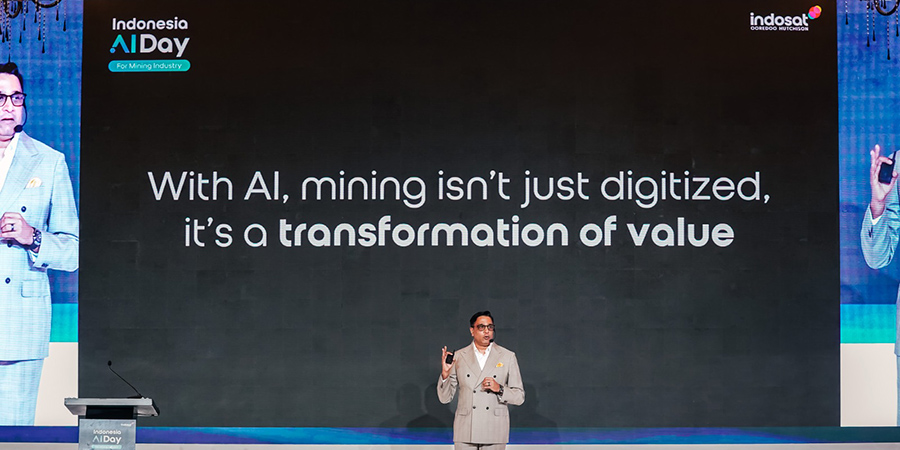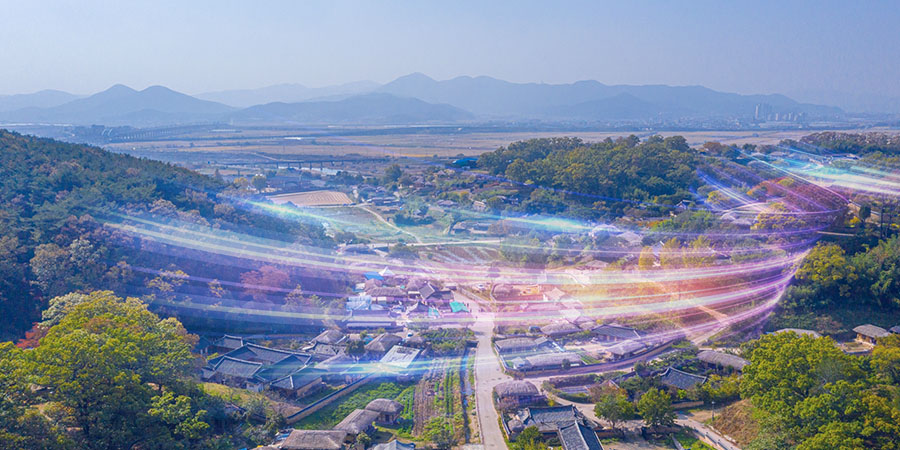In the heart of India’s vast agricultural landscape lies opportunity, waiting to be unlocked through technological innovation. Smart agriculture initiatives, fueled by the integration of Internet of Things (IoT) and robust telecom networks, are transforming the sector. With the world’s second-largest population, India’s agricultural sector plays an essential role in its economy, contributing significantly to employment and the overall GDP.
IoT in Indian Agriculture
The integration of IoT devices in agriculture has ushered in a new era of precision farming. Smart agriculture, leveraging IoT technologies, is emerging as a transformative force in India’s agricultural landscape, which has historically faced challenges such as declining farm labor, fragmented land holdings, and climate variability. With agriculture contributing significantly to India’s economy, smart farming initiatives aim to address these issues by integrating IoT devices, wireless connectivity, and data analytics into farming practices.
These technologies enable real-time monitoring of soil moisture, temperature, crop health, and environmental conditions, empowering farmers to make informed decisions and optimize resource utilization. By embracing precision agriculture techniques facilitated by IoT, farmers can enhance productivity, reduce costs, and mitigate risks associated with climate change. Additionally, IoT-enabled sensors provide early detection of pests and diseases, enabling timely interventions and minimizing crop losses.
As India stands on the cusp of a digital revolution, the integration of IoT in agriculture holds immense promise in driving sustainable growth, ensuring food security, and empowering farming communities across the country.
Telecom Networks as Enablers
The proliferation of telecom networks, particularly 4G and upcoming 5G technologies, has been instrumental in bridging the digital divide in rural India. With improved connectivity reaching remote agricultural regions, farmers now have access to a plethora of digital tools and services. From market information to weather forecasts, these networks empower farmers to make timely and informed decisions. According to a report, the synergy between 5G and IoT holds immense potential in transforming Indian agriculture by enabling high-speed data transfer and seamless connectivity.
Initiatives like JioKrishi, deployed over thousands of acres, have demonstrated tangible benefits such as increased crop yields and reduced operational costs. By providing real-time data on soil moisture, weather conditions, nutrient levels, and pest detection, these technologies empower farmers to make informed decisions, leading to improved productivity and sustainability.
Moreover, Digital Green employs localized videos to disseminate farming techniques, while AgroStar offers personalized advisory services and access to markets through its mobile platform. Gramophone provides agricultural advice via its app and call center, assisting farmers with crop management decisions.
Despite the promising results, widespread adoption depends on factors like affordability, government support, continuous innovation, and robust rural connectivity infrastructure. With ongoing advancements and support, the convergence of 5G and IoT holds immense potential to revolutionize India’s agricultural landscape, paving the way for a more prosperous and sustainable future.
Addressing Unique Challenges
India’s agricultural landscape presents unique challenges, ranging from small landholdings to diverse climatic conditions. Despite these challenges, IoT solutions are proving to be effective in Indian agriculture, driven by the imperative to meet the demands of a growing population amid adverse environmental conditions.
IoT-based smart farming, employing sensors to monitor soil moisture, humidity, and other parameters, enables remote field observation and efficient irrigation practices, optimizing resource usage. Precision farming, a common application of IoT, utilizes real-time monitoring for crop and soil conditions, weather prediction, and plant health tracking, enhancing field productivity while ensuring sustainability.
However, challenges such as limited internet connectivity and infrastructure, and the high cost of equipment hinders widespread adoption, necessitating strategic planning and government support for successful implementation.
Enhancing Resilience through Data-driven Insights
Climate change poses a significant threat to agricultural sustainability, with extreme weather events becoming more frequent and unpredictable. Thus, IoT-enabled sensors play a crucial role in monitoring environmental parameters and providing early warnings. By harnessing the power of data analytics and machine learning (ML), farmers can anticipate risks and implement adaptive strategies.
Throughout India’s journey towards climate-smart agriculture, enhancing resilience through data-driven insights has emerged as a fundamental strategy, according to a study. Through meticulous data analysis and technological innovations, India’s agricultural sector is bolstering its ability to adapt to climate change-induced challenges. The study highlights the importance of leveraging data to inform decision-making processes, enabling farmers to optimize resource allocation, mitigate risks, and enhance productivity in the face of shifting environmental conditions.
By embracing climate-smart agricultural practices supported by data-driven insights, India aims to build a more resilient and sustainable agricultural landscape capable of withstanding the impacts of climate change.
Moreover, at the core of the smart agriculture revolution are the farmers themselves. Empowering them with knowledge and skills is essential for the sustainable adoption of IoT technologies. Initiatives such as capacity building workshops and farmer training programs play a pivotal role in fostering digital literacy and awareness. Moreover, partnerships between government agencies, technology providers, and grassroots organizations are essential for scaling up these efforts and reaching marginalized communities.
While technological advancements hold immense promise, a conducive policy environment is crucial for their widespread adoption. Governments must formulate policies that incentivize investment in IoT infrastructure, promote research and development (R&D), and facilitate knowledge-sharing. Additionally, regulatory frameworks should address concerns related to data privacy, cybersecurity, and interoperability. By nurturing a supportive ecosystem, policymakers can catalyze the transition towards smart and sustainable agriculture.







